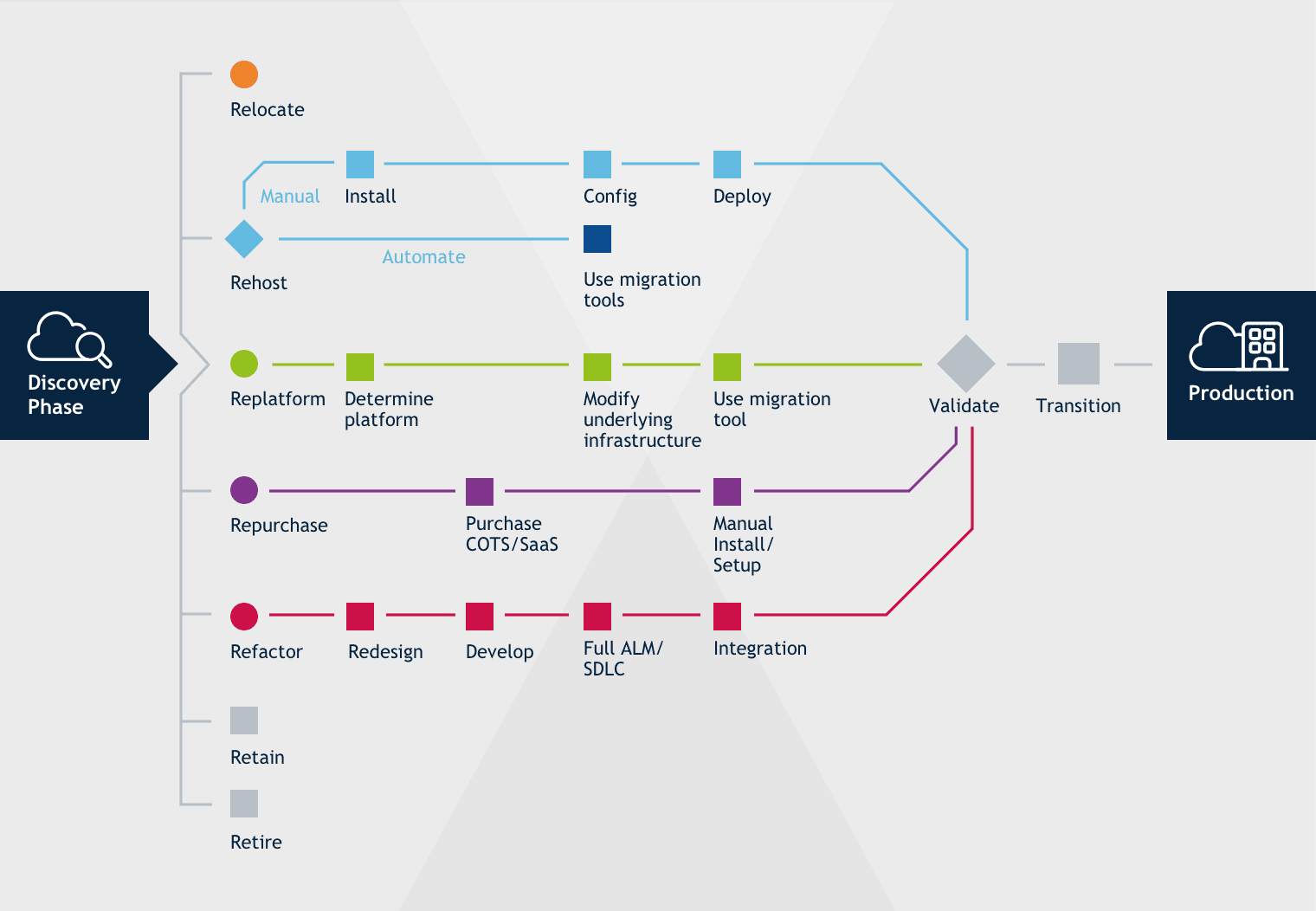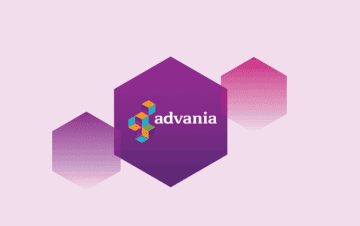In our previous cloud journey blog, we covered the shared responsibility model, to help emphasise the benefits moving to the cloud can offer IT teams. Now that we’ve covered the benefits, it’s time to talk about the actual process of cloud migration.
In this blog, we’ll discuss what cloud migration entails, the different pathways you can take to migrate an app into a cloud environment. Specifically, we’ll look at the “7 Rs” of cloud migration, and how they can help you determine which path is the best fit for you.
Starting a cloud migration journey
Deciding you want to migrate apps to the cloud is only the first step – once you’ve made that decision, you need to plan how you’re going to actually get them into your chosen cloud. Unfortunately, this isn’t always a straightforward process – all apps are different, and their differences determines their cloud-readiness, meaning you need to consider a range of approaches to find one that will ensure your app operates best after it’s migrated.
The upside is that once you have a good understanding of the different options for cloud migration, you can fully capitalise on cloud infrastructure for every app you choose to migrate, making sure your organisation gets the full value that cloud can offer you. When it comes to getting that understanding in the first place, we’re here to help. To start with, our cloud migration diagram provides a helpful, at-a-glance understanding on what the different pathways look like:

The 7 Rs
Relocate is the simplest option available for cloud migration – it involves taking existing virtual machines which you are already running on-premises and moving them into the cloud. It’s quick, and it’s easy, but relocation is only valid for apps which are already being run on virtual machines and can easily migrate into the cloud – meaning it isn’t going to be an option for everything.
Rehost is sometimes referred to as “lift and shift” – it’s an easy way to move apps into the cloud, especially because there are a number of automated tools that can do the process on your behalf. It involves more effort than simple relocation, but works better for a wider range of apps. Unfortunately, it won’t work well for apps that aren’t optimised to work in the cloud, meaning you won’t see the full value of cloud migration for certain apps.
Replatform is essentially a more involved version of rehost – while rehost is “lift and shift”, replatform is “lift, tinker, and shift”. In short, it involves making modifications to apps before moving them, helping them make the most of the cloud infrastructure, and then proceeding with the migration as usual.
Repurchase allows you to take advantage of the growing availability of software-as-a-service (SaaS) – rather than moving your own apps into the cloud, it can be much more straightforward to purchase an existing app that is available as a SaaS alternative to fulfil the same purpose. However, if you decide to repurchase an application in the cloud, you may need to migrate your existing data into the cloud as well – in some cases, a dedicated ETL (extract, transform, load) software may be needed to make sure you can do this effectively.
Refactor is the most intensive migration pathway – some apps could benefit greatly from cloud infrastructure, but technical or cost challenges prevent them from being moved in their current state. Refactoring involves redesigning an app from the ground up to make the most of a cloud infrastructure – it’s a big investment to make, but can offer incredible returns, allowing you to get the full value out of a cloud migration. Because of this, refactoring is often undertaken as part of a continuous improvement program after an initial rehosting – allowing the full benefits of cloud native services to shine through.
Retain & retire represent the two pathways which don’t involve a move to the cloud, which can be the best choice for a handful of reasons. For starters, not every application is an ideal fit for a cloud migration, either because it would work best on-premises, or because it would be too great of a challenge to attempt to migrate at this time. In these cases, retaining the application as-is may be the best route forward. Retiring is a surprisingly common occurrence during cloud migration – while you’re checking through your application stack, you may find a number of apps in your environment that are simply no longer needed – that can be because they were already redundant, or because they no longer serve a function after other apps have migrated – so we can consider retiring these apps to be the final pathway for a cloud migration.
What's next?
So far, we’ve covered the benefits of moving to the cloud and the different paths you can take for cloud migration – the next step is to fully begin your cloud journey. As the diagram shows, the first step in any journey should be the discovery phase, so if you’re ready to get started, contact your Servium account manager today.
You may also be interested in
It’s official! CCS Media and Servium are now Advania
Advania have now officially completed the integration of CCS Media and Servium.
All you need to know as CCS Media and Servium become Advania
On 4th August 2025, CCS Media and Servium will become Advania. Work is underway to make the transition as smooth as possible, but there will be some important changes. Find out about what’s changing and what’s staying the same.
A new name for CCS Media & Servium is coming
This summer, Advania UK companies CCS Media and Servium will change their names to better reflect the unified business. Together, we will all be known as Advania.
 Richard Clark
Richard Clark





